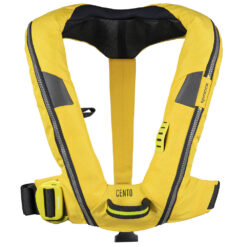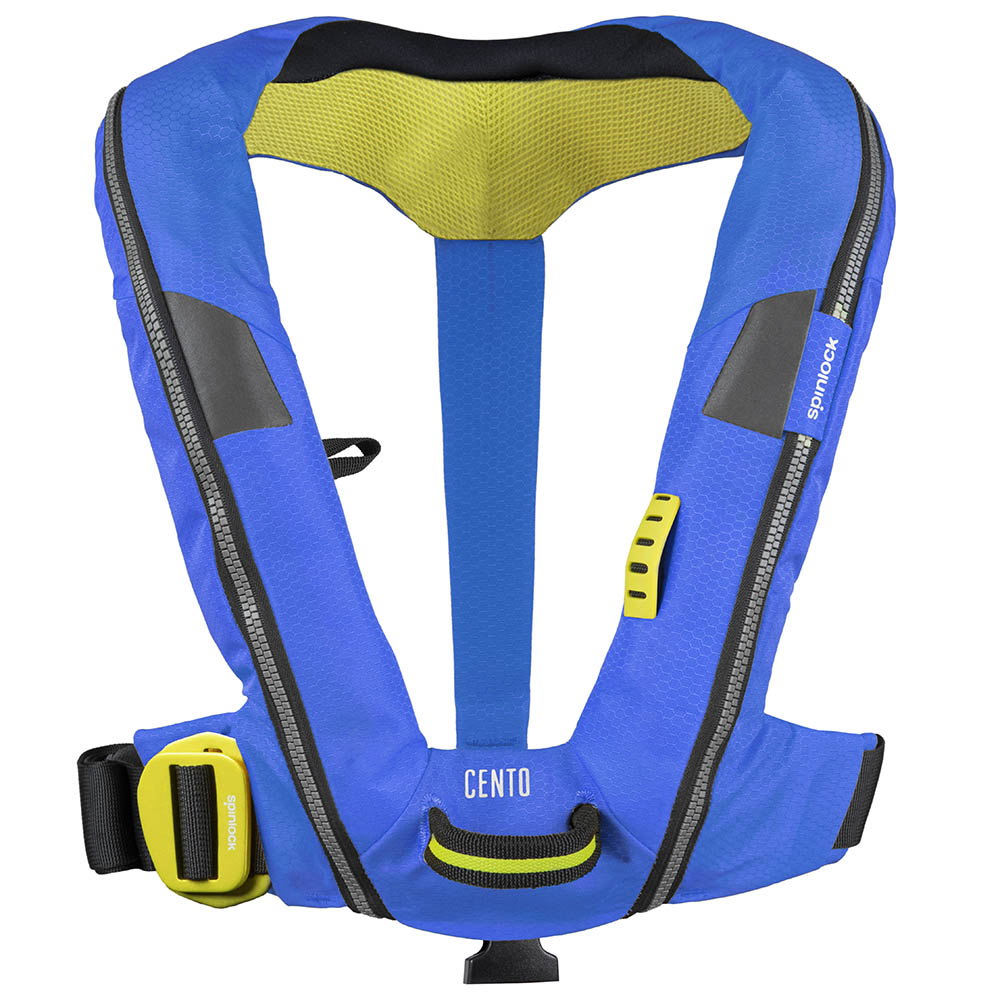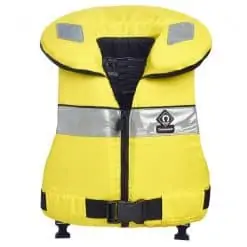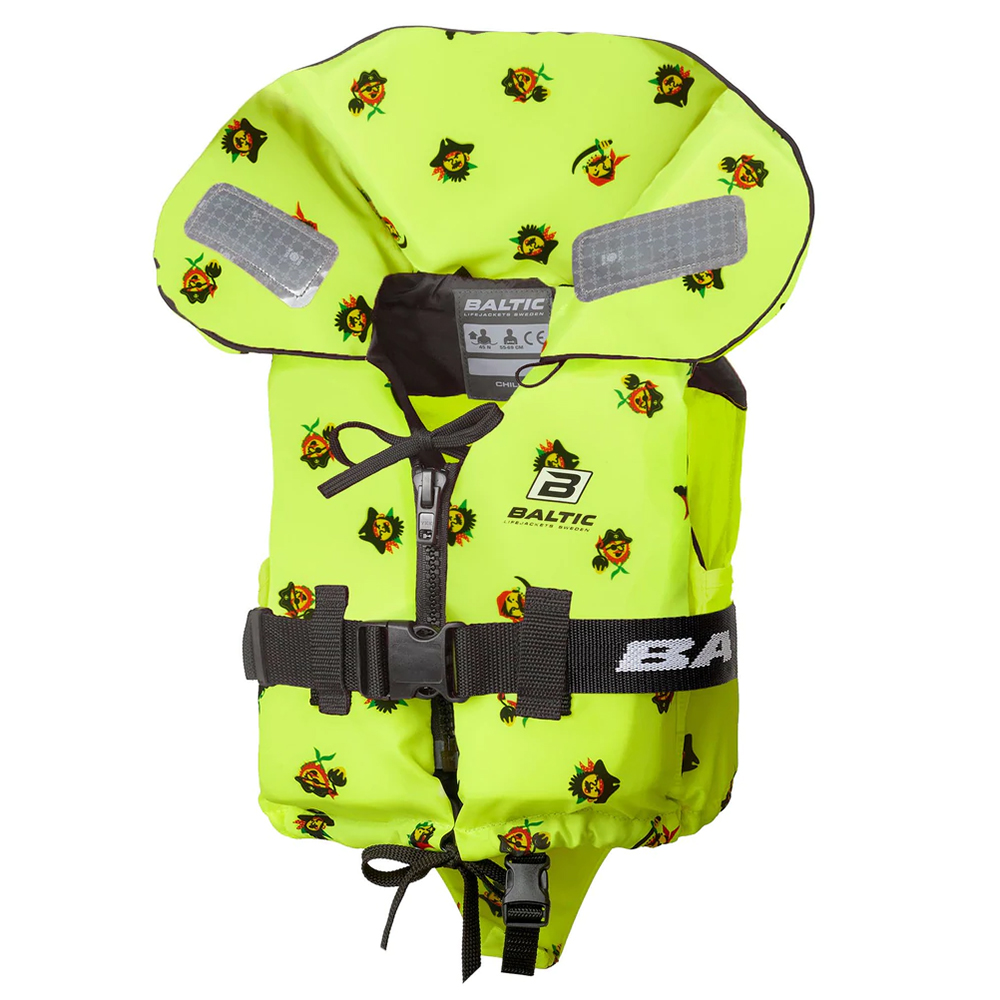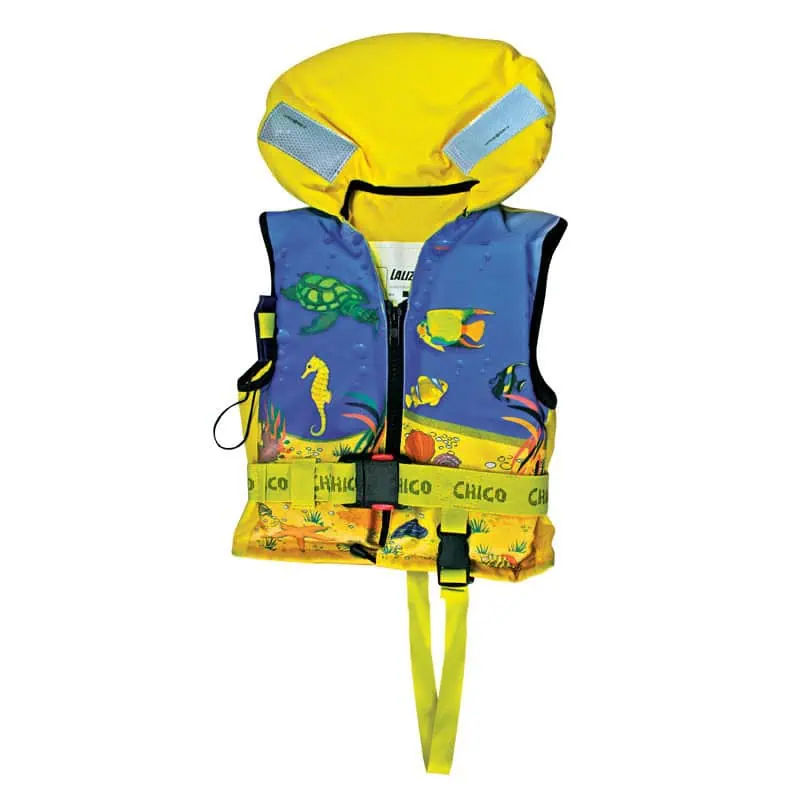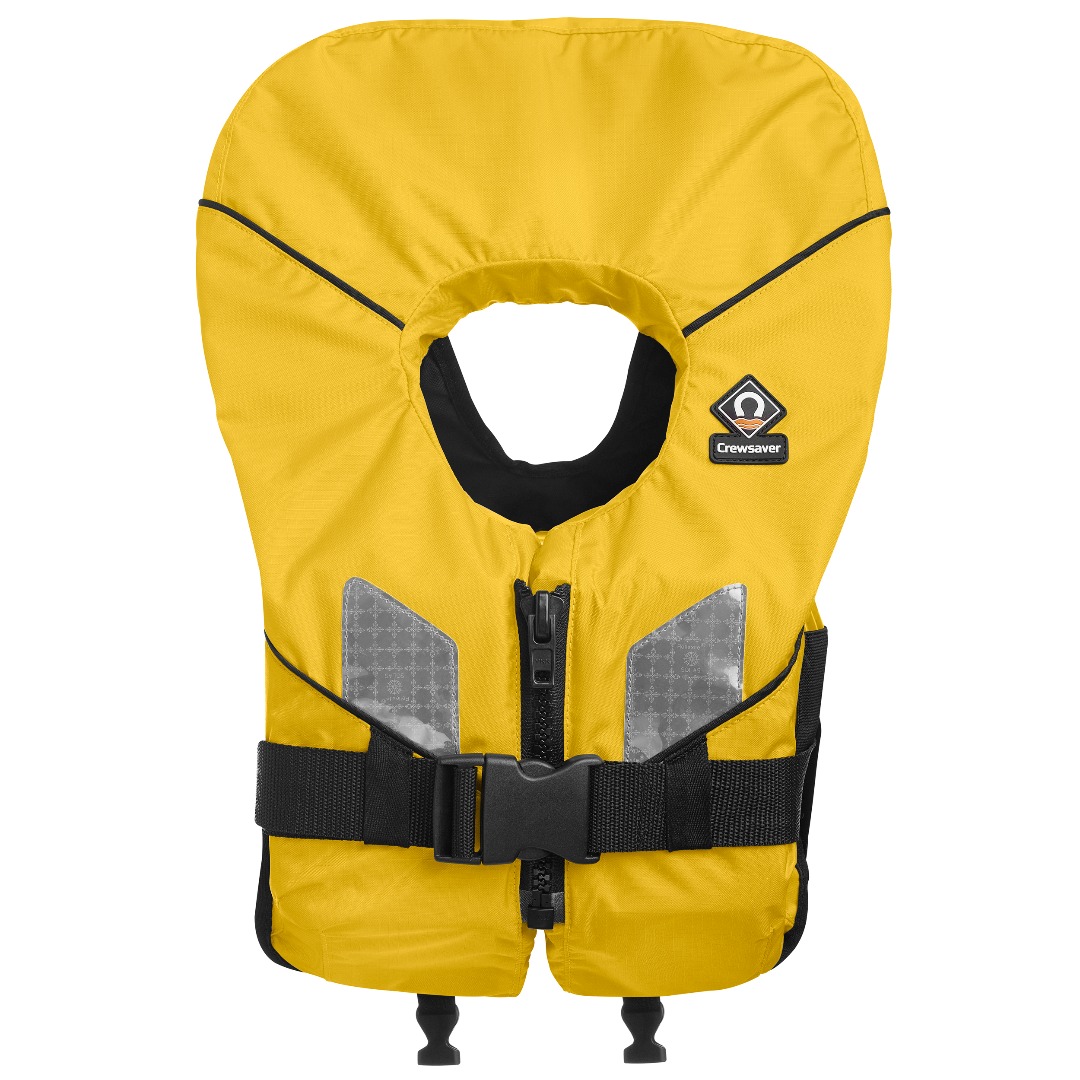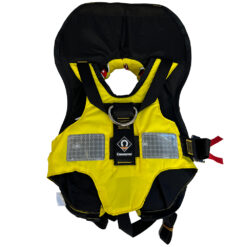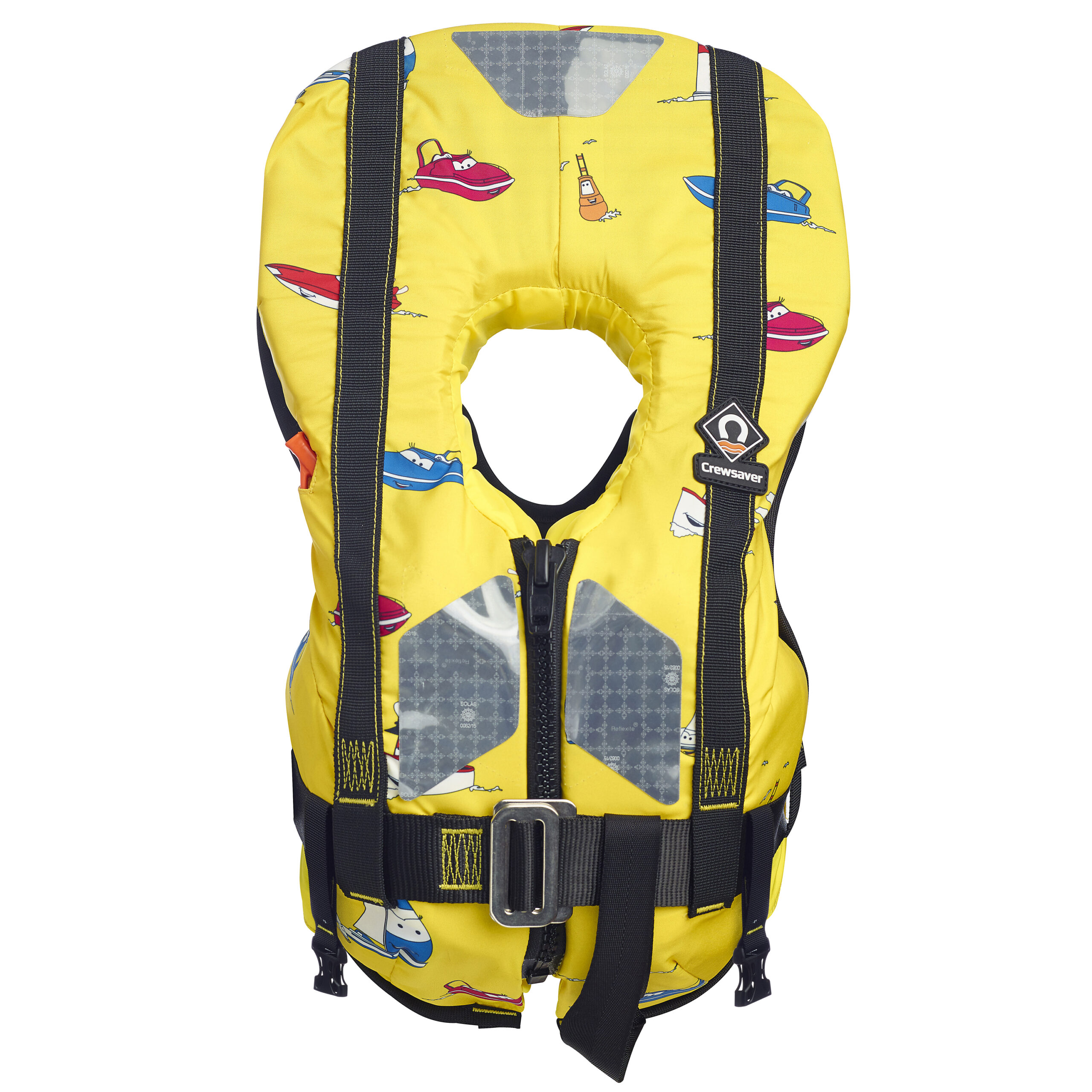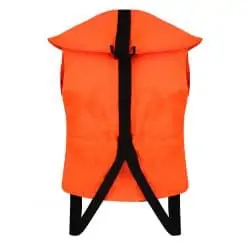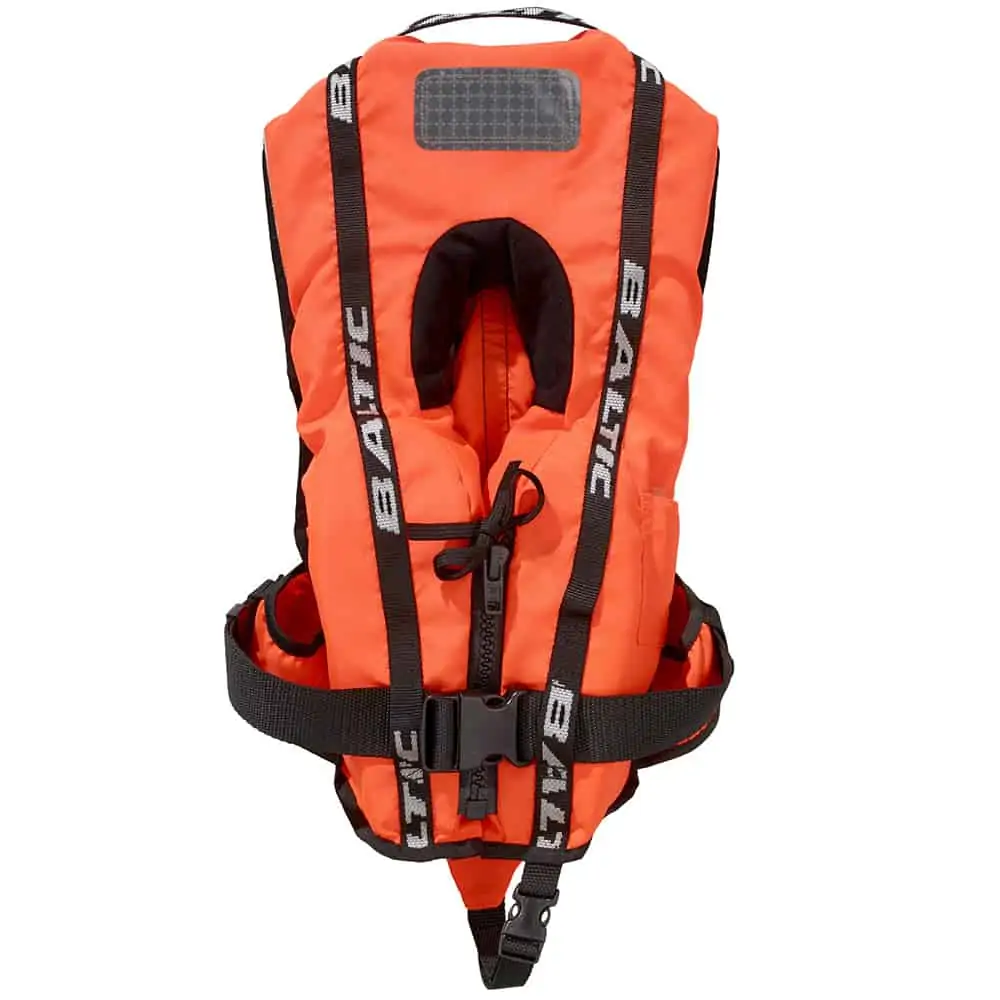Orders placed after 3PM Thursday 17th April 2025 will be processed and packed over the Easter break, but will not be collected by the courier until Tuesday 22nd April 2025 (Click HERE for more information).
How To Choose The Best Life Jackets For Kids
A lifejacket is one of – if not the most – essential item of safety equipment for activities in and around water. Lifejackets can save lives and provide great peace of mind, so you, your friends and your family can make the most of your time on the water, in complete safety.
Choosing the right lifejackets for children can be difficult as manufacturers have varying recommendations for children’s lifejackets.
We are often asked what age children’s lifejackets are designed for. Children vary so much at all ages, so for this reason the size and weight of the child are the key factors to consider on a child per child basis.
With options from trusted manufacturers such as Crewsaver and Spinlock, we have you covered.
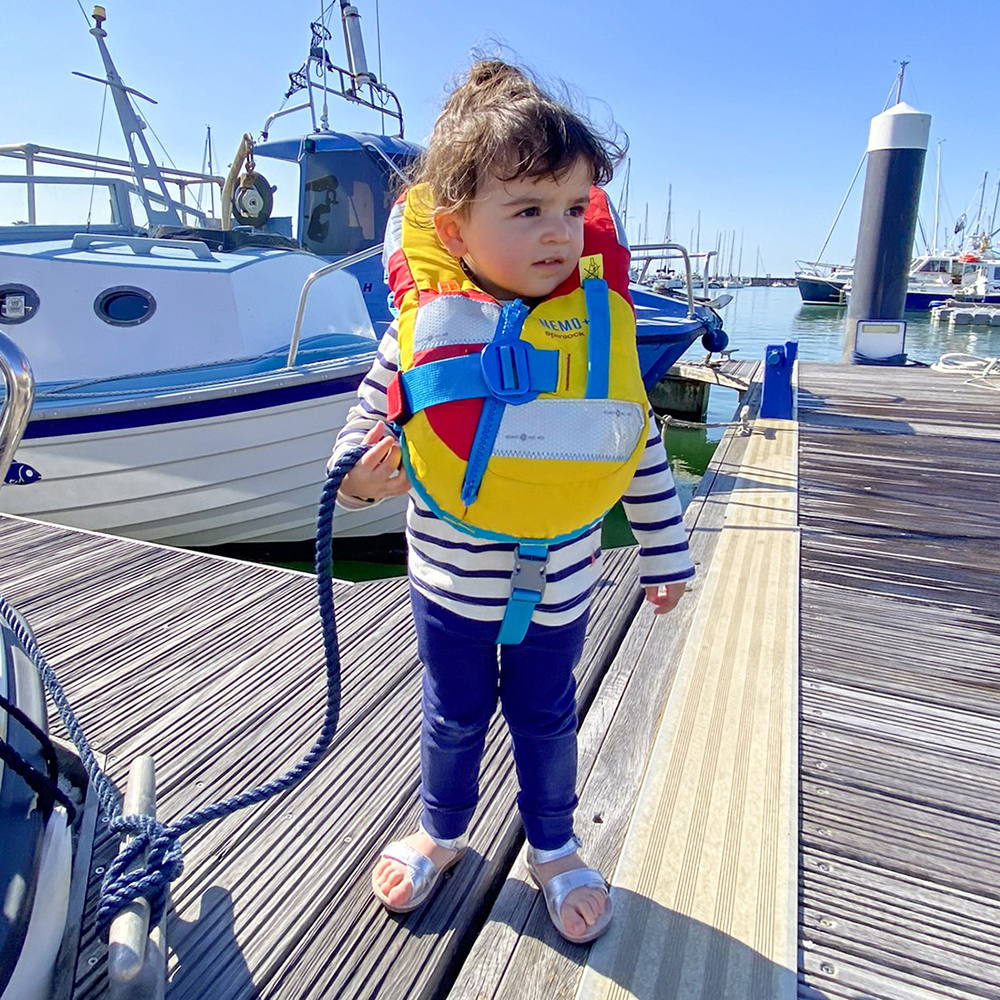
Difference between Lifejackets and Buoyancy Aids
Before we go too far it is worth reminding ourselves the differences between Lifejackets and Buoyancy Aids.
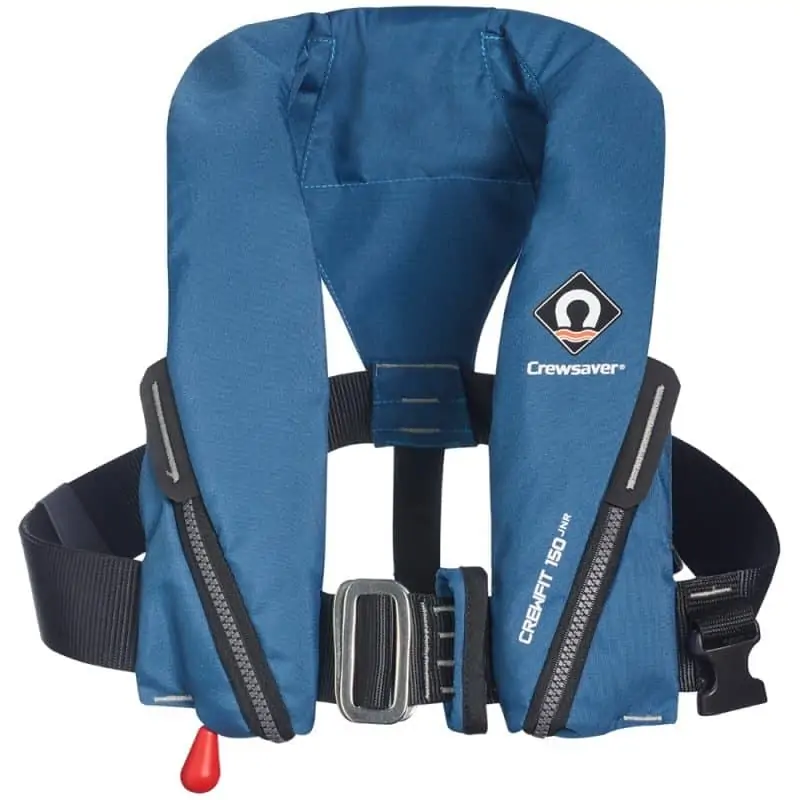
Lifejackets are rated to 150N buoyancy (100N for children) and designed to turn a casualty over if they are face down in the water.
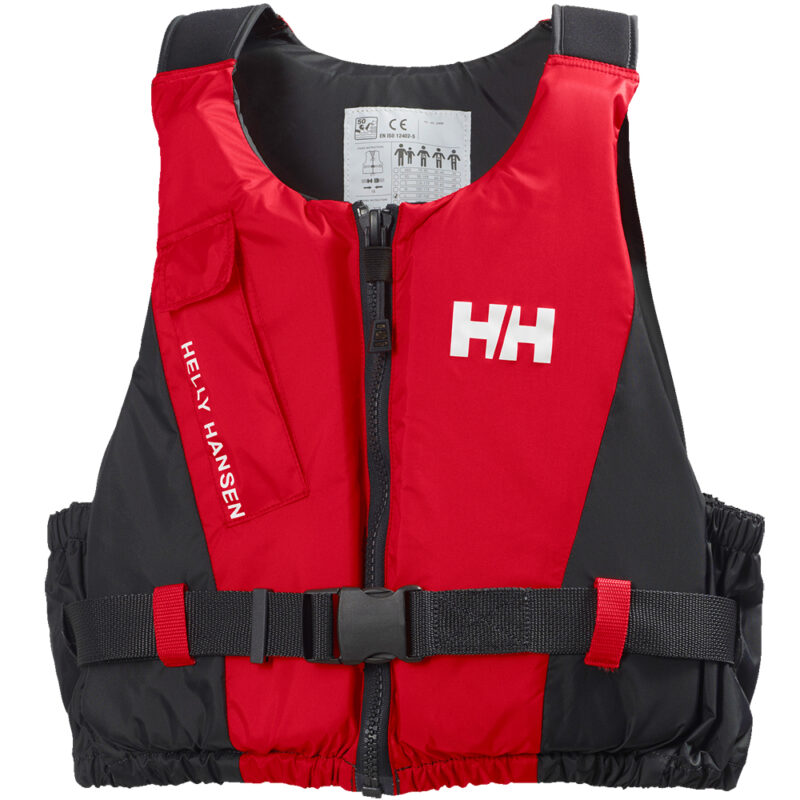
Buoyancy Aids are usually 50N buoyancy and will not turn a casualty over. They are mostly used in dinghy sailing or general inshore water sports where help or a safety boat is close by.
Whilst many principles apply for children’s buoyancy aids, such as size and fit. This guide only covers children’s life jackets.
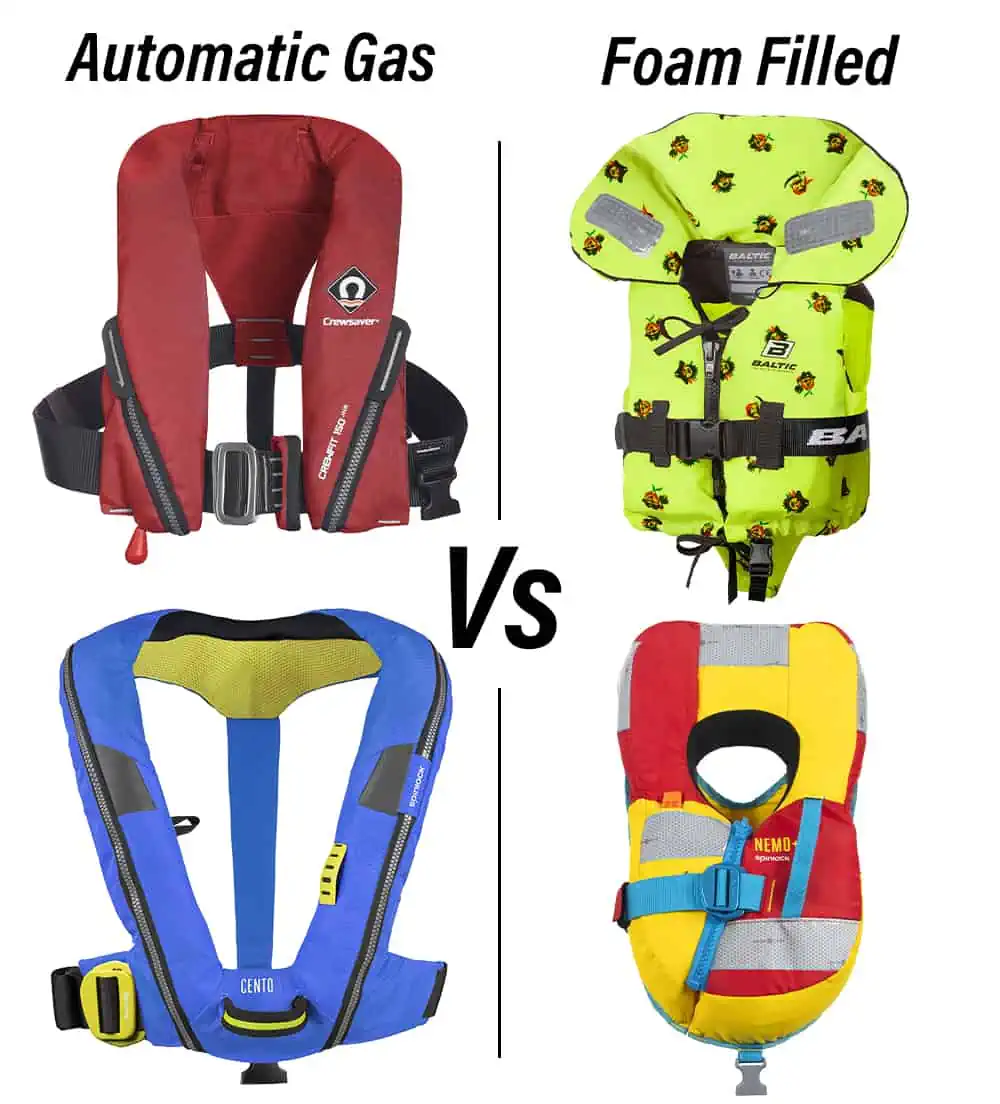
Automatic Gas or Foam Filled
Children’s lifejackets are available in automatic inflating gas or foam filled.
For most young children the foam filled models are the best option as they are already inherently buoyant. The child is safer as there is less that could potentially go wrong.
Gas lifejackets activate once they are submerged in water (or by manual override) and are significantly less bulky than foam filled.
It is worth considering whether the child is old and mature enough to understand the operation of a gas lifejacket, especially if there is a situation where they have to manually activate the lifejacket themselves.
Younger children are inquisitive and are likely to pull the manual cord to see what happens. This is where a foam filled life jacket would be best as you won’t have any of the issues above… or the costs of replacing the gas cylinders!
Size, Fit and Weight
As a rule of thumb, if the lifejacket fits the child, it will work.
Check that the lifejacket will not slip off the child’s shoulders and that the webbing / straps are comfortably tight enough, especially the crotch straps.
The manufacturer will often give a guide for weight range. But fit is usually the best indicator.

Example of sizing and buoyancy for the Crewsaver 150N Crewfit Junior Lifejacket
Level of Buoyancy
The minimum standard of buoyancy for lifejackets is 150N. However the exception to this rule is children’s lifejackets.
Children’s lifejackets will conform to this ‘150N standard’ but may have a lower actual buoyancy e.g. 100N. Children are smaller so don’t need the same amount of buoyancy turn the wearer over.
150N of buoyancy, for example in an adult lifejacket, would simply be too big for a child, whether foam or gas filled, and might even be dangerous.
Age
As mentioned above, the age of the child will help determine which lifejacket is best. Deciding whether they are old / mature enough for a gas lifejacket, or whether a foam filled one is best.
Whichever route you take, the fit of the lifejacket is the key factor.

See our full range of children’s lifejacket’s or check out some of our best sellers below.
Childrens Gas Lifejackets
Childrens Foam Lifejackets
Want to know more about lifejackets?
Check out our complete lifejacket guide.
Automatic or manual inflation?
With or without integral harness?
What are Newtons of buoyancy?
Do I need a lifejacket light?
We have help and advice on all aspects of lifejackets.
Do you have all the safety equipment for your next adventure?
From PLB & AIS safety Beacons to first aid kits and flares. We stock everything you need to keep everyone safe while enjoying the water.





